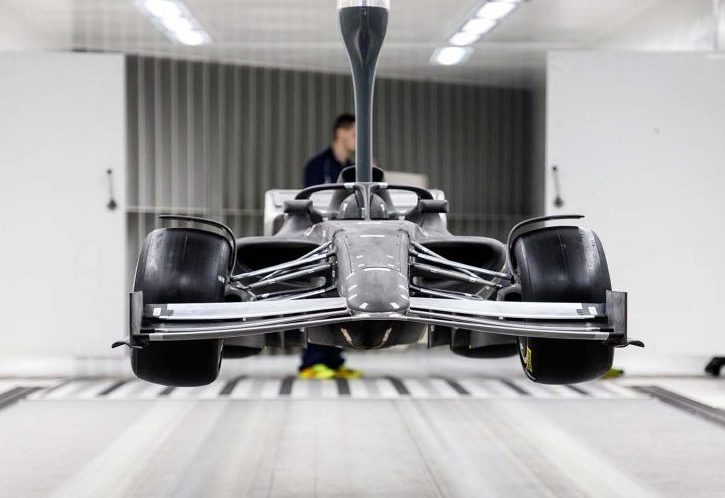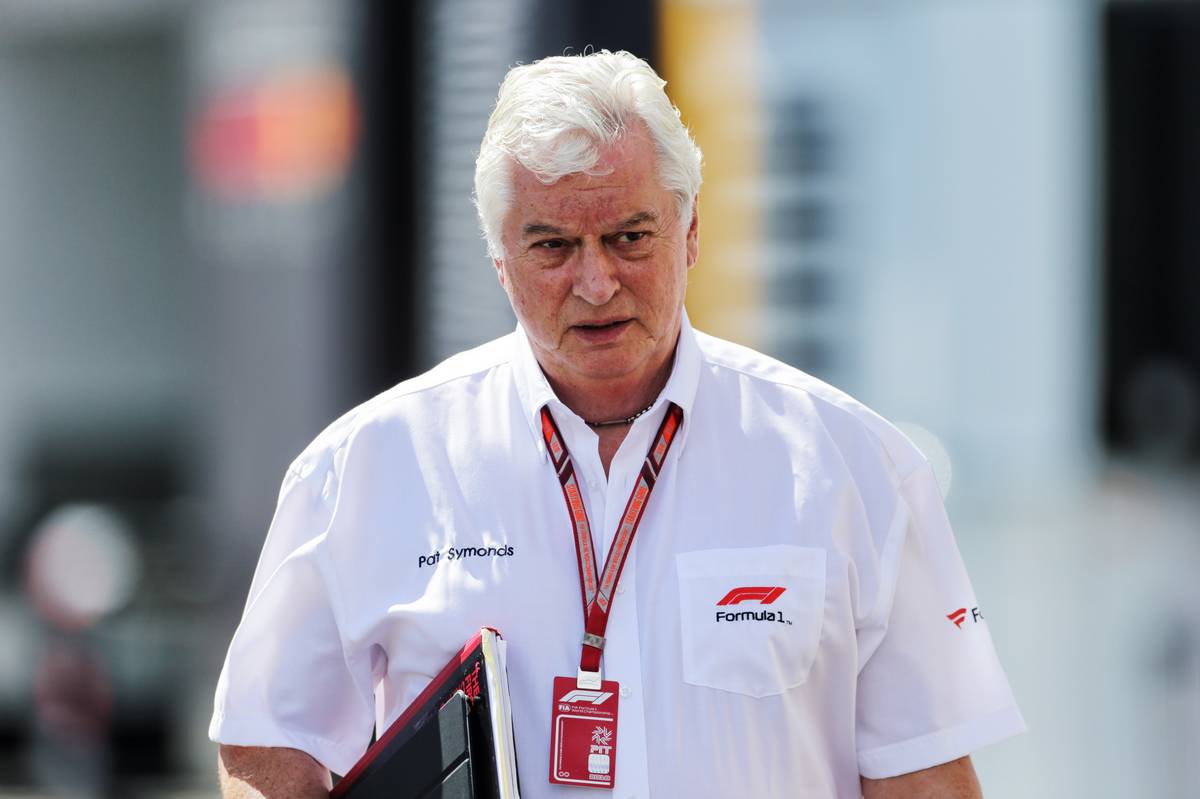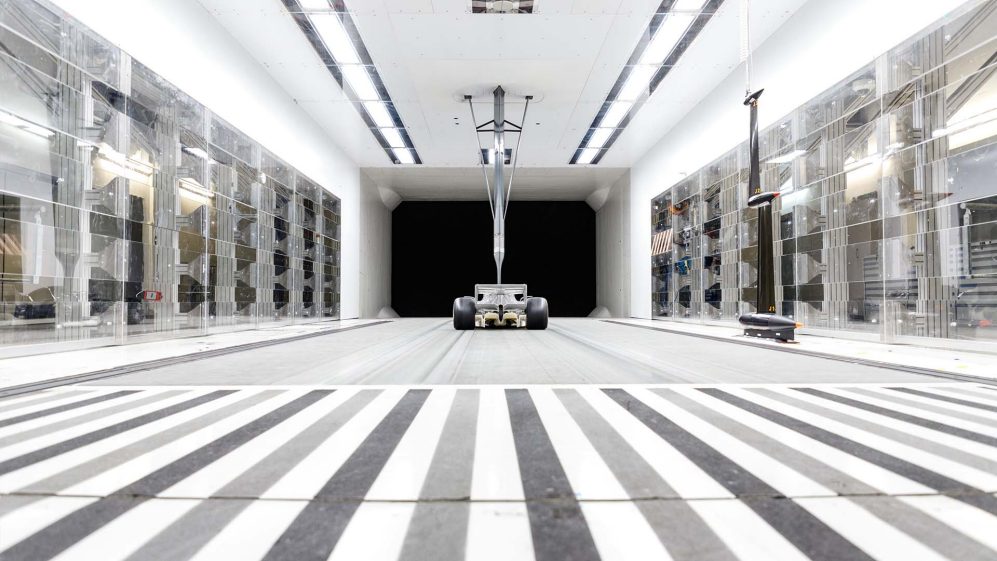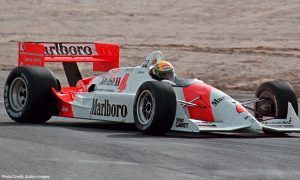
Formula 1 chief technical officer Pat Symonds has been hard at work with his team defining the Grand Prix car of the future, but also investigating how the sport's 2021 rules could be abused.
F1 released footage this week of a prospective 2021-spec car being tested in the wind tunnel, with the images depicting a relatively unsophisticated design that has yielded great results in terms of the air wake that trails off the car and impacts a following car's downforce.
According to Nikolas Tombazis, the FIA’s Head of Single Seater Technical Matters, the design reduces the following car's downforce by 5-10 percent -- a massive improvement over the current level of 50 percent.
But the extensive aerodynamic changes that shall be ushered in from 2021 will need to be supported by water-tight regulations for fear that a team will exploit a loophole and gain an unfair advantage.
As research and development continues, F1's team of experts are therefore doing their best to "break their own rules" in a bid to limit in advance any future creative efforts by teams to beat the regs.
"We are trying to see where the rules we have written are robust and where they might be a little weak," Symonds told F1's official website.
"I'm sure ultimately the wake characteristics of a fully developed 2021 car are not going to be quite as good as we have got running at the moment, but I think they will still be very good, and it will be massively better than a 2019, or 2020 car. I'm absolutely certain of that.
"There are certain areas we know already where you can add performance but in doing so you damage the wake, so we have been quite prescriptive in those areas, because we've been trying to break the rules.
"There are other areas where we feel the design is robust so we've been less prescriptive in those areas."

Symonds, who previously engineered for Benetton, Renault and Williams, says his work now involves putting his "team hat on" and thinking like out of the box about how and where engineers could gain an edge.
"We're trying to look for the loopholes, look for the unintended consequences. That's actually a difficult thing to do when you have written the rules," he added.
"That was my experience when we were working on the 2009 cars: Because I had been involved in writing the rules, I found it difficult to think of the loopholes as I knew what was intended.
"That was a lesson learned, we have taken it on-board. We're trying to forget what the intention was and looking at what we have actually written down and see if we can put our team hats on."

©Formula1
Tombazis says the design showcased in F1's latest video footage remains a work in progress and changes can be expected, especially in terms of front-wing design.
"There's a lot of work going on the front wing at the moment to improve some of its characteristics and also to make it look a bit less square," he explained.
"As with any set of regulations it is a constantly evolving process.
"In October we will publish a full set of technical and sporting regulations which will come into force in 2021, and will not fundamentally be changed.
"If we do find an area where we feel some updates are necessary to maintain our goals for better raceability, then this is something that we will be able to do working with the teams within certain time constraints."
Gallery: The beautiful wives and girlfriends of F1 drivers
Keep up to date with all the F1 news via Facebook and Twitter






